Range 6,760 km Wingspan 24 m Weight 17,240 kg | Top speed 927 km/h Length 25 m | |
 | ||
Unit cost 37,000,000–37,000,000 USD (1979) | ||
All black gulfstream iii n222g departing vny
The Gulfstream III, a business jet produced by Gulfstream Aerospace, is an improved variant of the Grumman Gulfstream II.
Contents
- All black gulfstream iii n222g departing vny
- Gulfstream iii s n 440 available for sale by twc aviation
- Design and development
- Civil variants
- Military variants
- Special mission variants
- Military and government operators
- Accidents and incidents
- Specifications Gulfstream III
- References

Gulfstream iii s n 440 available for sale by twc aviation
Design and development
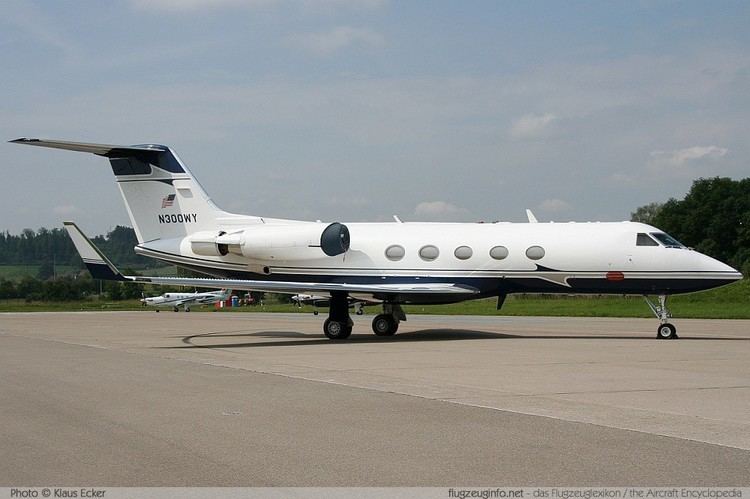
The Gulfstream III was built at Savannah, Georgia in the United States and was designed as an improved variant of the Grumman Gulfstream II. Design studies were performed by Grumman Aerospace Corporation in collaboration with Gulfstream American Corporation. Design of the Gulfstream III started with an effort to synthesize a completely new wing employing NASA supercritical airfoil sections and winglets. Optimization studies considering weight, drag, fuel volume, cost, and performance indicated that a substantial portion of the new wing benefit could be secured with modifications to the existing wing. As a result, the new wing concept was canceled and work began on design modifications that would retain the Gulfstream II wing box structure and trailing edge surfaces.
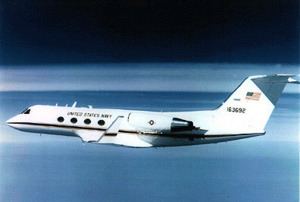
Compared to the G-1159 Gulfstream II, the wing has 6 ft (1.8 m) more span and 5 ft (1.5 m) winglets added, the leading edge is longer and its contour is modified. The fuselage is 2 ft (0.6 m) longer aft of the main door, the radome is extended and there is a new curved windshield. Maximum takeoff weight is increased to 68,200 lb (30,935 kg) or 69,700 lb (31,615 kg) and there are various changes to the autopilot, flight instruments, and engine instruments. The aircraft received its type certificate from the American Federal Aviation Administration on 22 September 1980. A total of 202 Gulfstream IIIs were built, with the last example built in 1986.
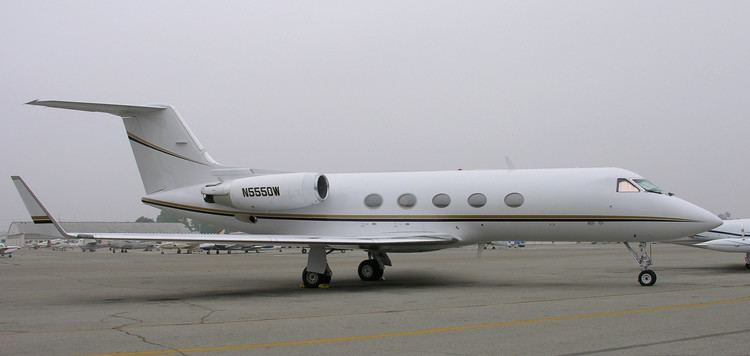
In 2013, the FAA modified 14 CFR part 91 rules to prohibit the operation of jets weighing 75,000 pounds or less that are not stage 3 noise compliant after December 31, 2015. The Gulfstream III is listed explicitly in Federal Register 78 FR 39576. Any Gulfstream III's that have not been modified by installing Stage 3 noise compliant engines or have not had "hushkits" installed for non-compliant engines will not be permitted to fly in the contiguous 48 states after December 31, 2015. 14 CFR §91.883 Special flight authorizations for jet airplanes weighing 75,000 pounds or less - lists special flight authorizations that may be granted for operation after December 31, 2015.
Civil variants
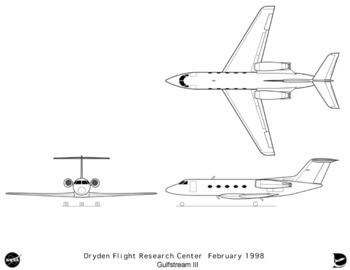
Military variants
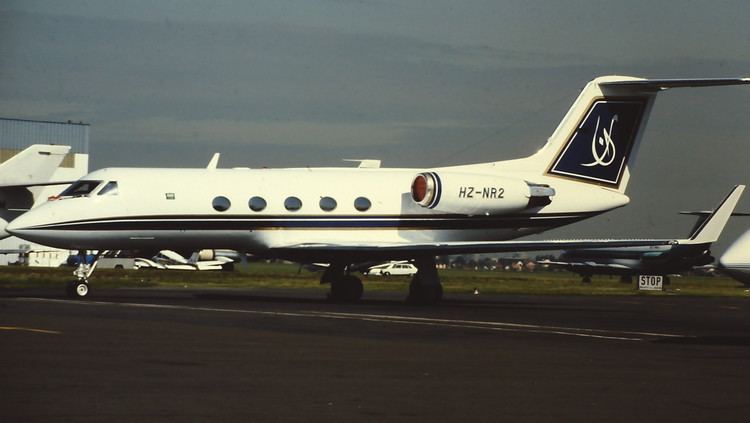
NOTE: United States Army C-20F and C-20J, United States Navy/United States Marine Corps C-20G, and United States Air Force C-20H aircraft are all Gulfstream IV variants
Special mission variants
A NASA Gulfstream C-20B (83-0502 cn 389) has been fitted with a centerline pylon to allow it to carry the UAVSAR pod.
A NASA Gulfstream III (N992NA cn 309) has also been fitted with a centerline pylon to allow it to carry the AIRMOSS pod, a modification of the UAVSAR pod.
The Phoenix Air Group operates two former Royal Danish Air Force SMA-3 aircraft (N173PA cn 313, N163PA cn 249) and a Gulfstream III (N186PA cn 317). One aircraft provides airborne maritime range surveillance for the Missile Defense Agency (MDA) and other Department of Defense range facilities using a high definition Texas Instruments APS-127 Surface Search Radar system. All three are configured with a large cargo door. In 2008 Phoenix Air developed an Airborne Biomedical Containment System with the CDC. In 2014, the system was deployed during the Ebola virus epidemic in Liberia to fly 12 ebola missions to the United States.
N30LX (cn 438) has been modified by the addition of a ventral canoe and sensor turret as the "Dragon Star" Airborne Multi-Intelligence Laboratory for use by Lockheed Martin. This has been leased by Italy since 2012.
Calspan operates N710CF (cn 448), which has been modified as an airborne test bed. Modifications include a centerline pylon and a dorsal satcom radome
Two Gulfstream IIIs, K2961 (cn 494) and K2962 (cn 495), equipped with long-range oblique photography cameras mounted in the fuselage, were delivered to the Indian Air Force.
Military and government operators
Military and government operators of the Gulfstream III and C-20 include:
Accidents and incidents
Specifications (Gulfstream III)
Data from Jane's Civil and Military Aircraft Upgrades 1994–95
General characteristics
Performance
